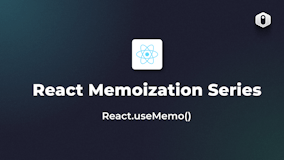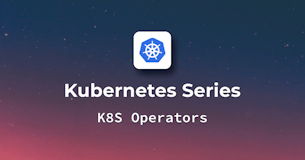All Posts
Refine technical blog - a resource for Refine, front-end ecosystem, and web development. Here, we publish insightful articles that demystify complex concepts, explore new trends, and provide helpful tips to enhance your coding journey.
The Important Differences between URI VS URL
We'll be looking at the differences between URI and URL, and how they are used in web development.
Kubernetes Operators
This article digs deep into the essence of Kubernetes operators, explaining their purpose, functionality, and how they are actually implemented.
React Ecosystem in 2024 - Sustaining Popularity
We'll look at the React ecosystem and the tools and libraries that have been created to support React.
Build Access Control Mechanism using Permify
We'll examine how to build an Access Control mechanism in Refine using Permify, an authorization as a service that helps you create any kind of authorization system easily with its panel.
Check Kubernetes Version - Advanced Use Cases with kubectl version
Kubectl version is a very basic command, however, you might still face some errors like connection issues, version mismatches, or configuration problems. Here are some steps to debug these common errors.
Kubernetes Statefulset vs Deployment with Examples
We'll discuss the practical differences between Deployments and StatefulSets.
Kubernetes Image Pull Policy - A Detailed Guide
Image pull policy in Kubernetes is a strategic decision that impacts applications' efficiency, reliability, and security.
Top Frameworks for Building Admin Panels and Dashboards in 2024
We'll look at the best frameworks for building admin panels and dashboards in 2024.
Using kubectl logs - DevOps Guide
Kubernetes pod logs show container operations and events in real-time. Containers in Kubernetes pods log their stdout and stderr streams. Debugging and monitoring Kubernetes cluster applications requires these logs.
How to Edit a crontab
Crontab is a powerful scheduling tool in Unix-like systems. This article provides a comprehensive guide on using crontab, covering the basics of creating a crontab, setting up environment variables, scheduling jobs, and error handling.











